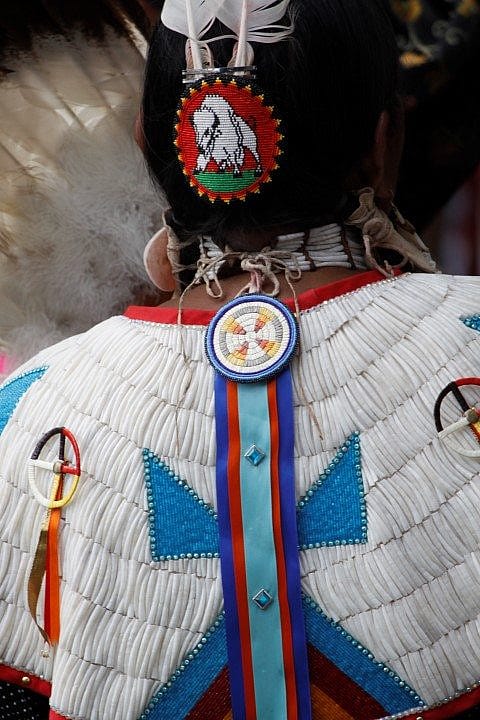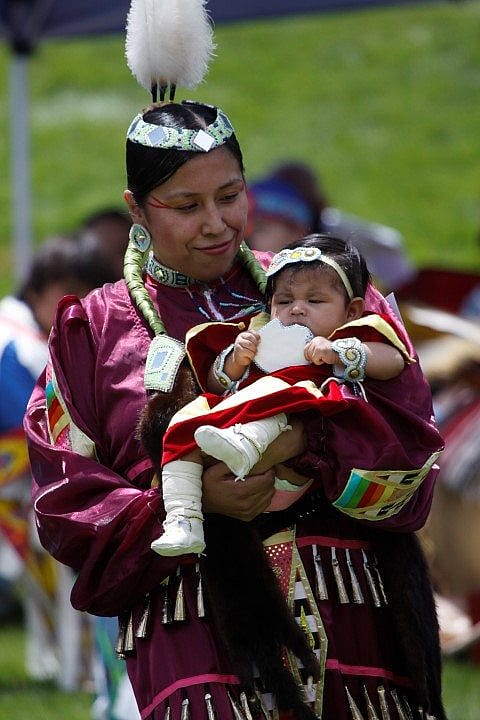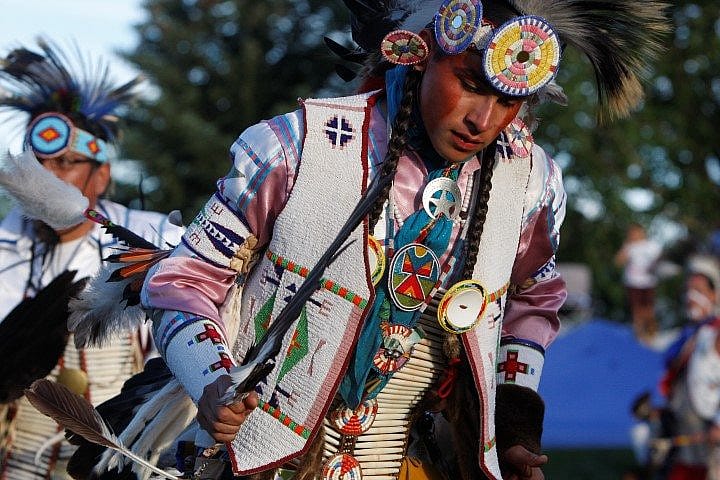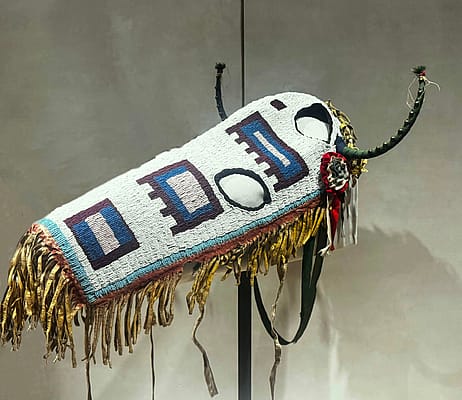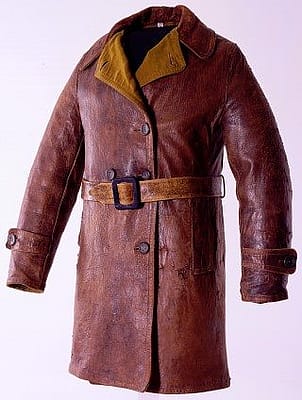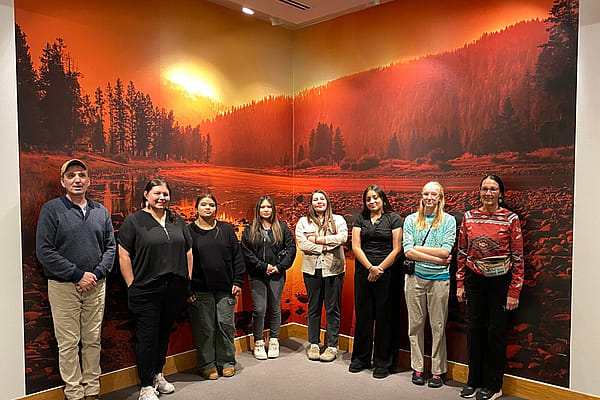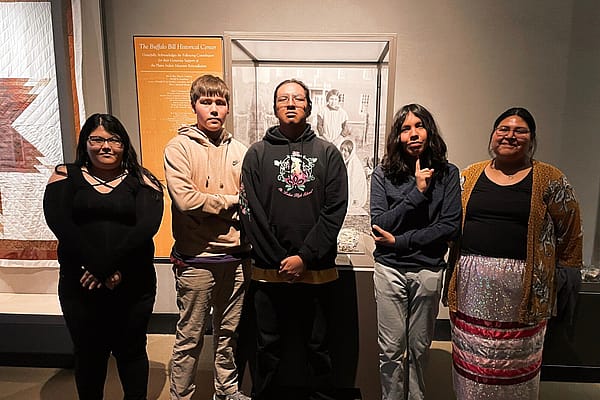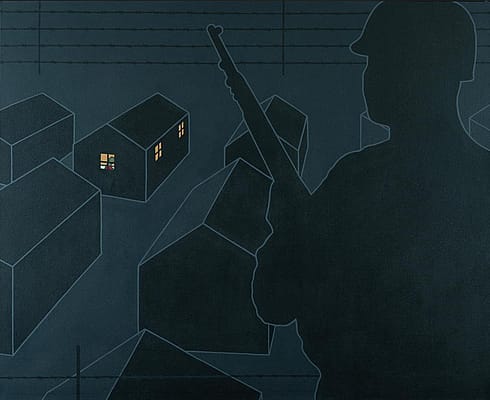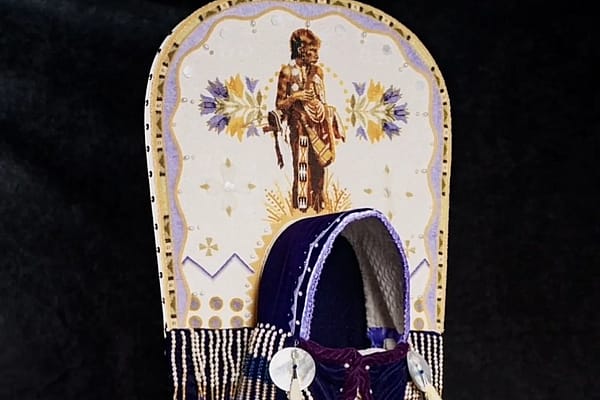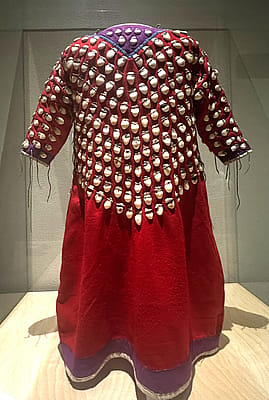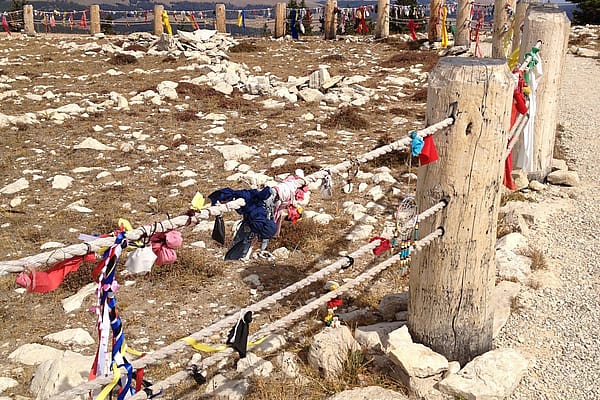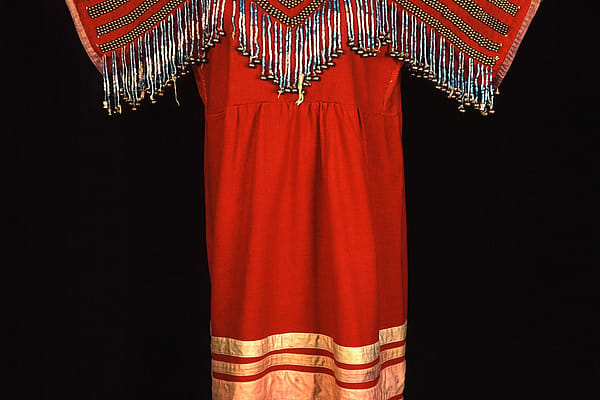Celebrate Indian: Faux Feathers Forbidden
The months of October and November are shrouded in controversy surrounding Native American topics. October observes holidays such as Columbus Day and Halloween, while November observes Thanksgiving. Indian country celebrates Indigenous Peoples Day in October and American Indian and Alaska Native Heritage Month in November. Indian country recognizes Columbus Day as Indigenous Peoples Day, an enduring celebration of survival against colonialism and cultural genocide. For more information, see “Indigenous Peoples Day 2016” by Curator Rebecca West of the Plains Indian Museum. Appropriating “Columbus Day” for our own allows Indigenous People the opportunity to symbolically reclaim what many people feel was lost because of European colonization.
In another instance, Halloween may be the most controversial of American holidays celebrated, when referring to Native Americans and First Nations. Author Phillip Deloria says it best when:
Costume and disguise—especially when associated with holidays, rituals, or the concealing dark—can have extraordinary transformative qualities. Almost everyone has experienced the sense of personal liberation that attends the wearing of disguise, be it Halloween masks…or garments signifying a racial, ethnic, or class category different from one’s own. Disguise readily calls the notion of fixed identity into question. At the same time, however, wearing a mask also makes on self-conscious of a real ‘me’ underneath. This simultaneous experience is both precarious and creative, and it can play a critical role in the way people construct new identities.[1]
Thus, the wearing of racial costumes perpetuates notions of false identity. When one dresses as a First Nation or Native American, he constructs an identity that does not belong to him. The same can be said for other racial groups such the Japanese (Geisha or Samurai) or Mexican (Man in Poncho and Sombrero).
Sexualized costumes of Native American women are especially concerning because Native women are, “2.5 times as likely to experience violent crimes—and a least two times more likely to experience rape or sexual assault crimes—compared to other races.” For Native American people to see non-tribal members dress as the ever classy Indian Princess; Pocahottie; Indian Chief; Noble Native American; Sexy Dream Catcher; Indian Squaw; or worse, “Reservation Royalty” in suede buckskin costume and imitation feathers, is incredibly detrimental to one’s own identity. Indian costumes degrade the identities of Native people, who have fought incredibly hard to sustain cultural lifestyles and traditions.
Even using the term costume, when referring to one’s regalia has connotations with dressing up and “Playing Indian.” Costumes belittle Native American and First Nations experiences, thus perpetuating notions that indigenous North Americans are not important and worse, extinct.
In summary, there are other ways one can “honor” the Native American, such as buying artisan pieces from tribal members; donating to Native American charities such as the American Indian College Fund or Running Strong for American Indian Youth; or simply honoring treaty rights, and listening to the vibrant histories of indigenous people. When faced with a costume appropriator, simply remind them that commodifying one’s culture and tradition is a tasteless act better left to the New Age.
Notes
[1] Philip Deloria, Playing Indian, (New Haven, Yale University Press, 1998): 8
[2] NCAI Policy Research Center, “Policy Insights Brief: Statistics on Violence Against Native Women.” February 2013. http://www.ncai.org/attachments/PolicyPaper_tWAjznFslemhAffZgNGzHUqIWMRPkCDjpFtxeKEUVKjubxfpGYK_Policy%20Insights%20Brief_VAWA_020613.pdf. Accessed 21 October 2016.
Written By
Hunter Old Elk
Hunter Old Elk (Crow & Yakama) of the Plains Indian Museum at the Buffalo Bill Center of the West, grew up on the Crow Indian Reservation in Southeastern Montana. Old Elk earned a bachelor's degree in art with a focus on Native American history at Mount St. Mary’s University in Maryland. Old Elk uses museum engagement through object curation, exhibition development, social media, and education to explore the complexities of historic and contemporary Indigenous culture. She is especially inspired by the stories of Native American women who lived and thrived on the Plains. Facebook/ Instagram: @plainsindianmuseum
